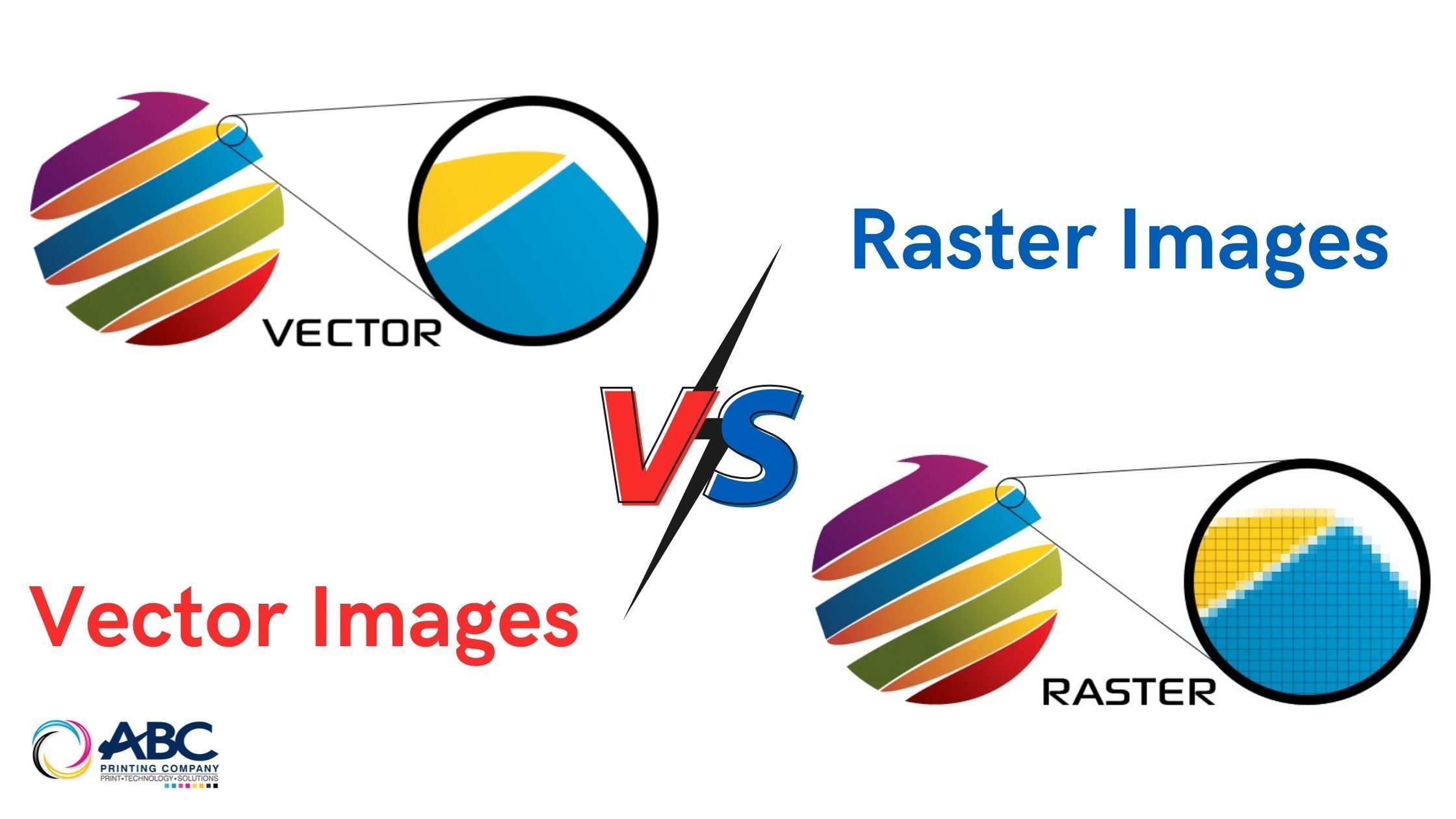
Raster Vs Vector Images
Raster and vectors are popular terms in graphic designing. But what are these? Raster images are made up of many tiny pixels, whereas vector images have formed using mathematical paths. So, what is the difference, and why is knowing the difference important? Let's discuss raster vs vector images in detail!
What is A Raster Image?
A raster image is a common term used in the field of computers and digital photography. A raster is sometimes also known as a bitmap image. It is represented in the form of a rectangular grid of pixels which are viewable using a bitmapped display. In raster-based imaging, it is easy to make smaller images. However, when it comes to increasing or decreasing the size and resolution, it is a bit challenging.
What is A Vector Image?
A vector image or graphic is defined and created on a plane by connecting lines and curves. It uses mathematical equations to form shapes. It creates a finer and more detailed image. You can see clear lines, points, and curve when you zoom in on the image. Vector graphics are used by all types of artists, design experts, and creative professionals. It makes creating illustrations, logos, and other types of designs for printing on big objects easy. You would have heard or observed many graphic designers talking about converting the images to vectors before printing.
Differences Between Vector and Raster Images
Raster graphics are made up of orderly arranged colored pixels to display any image whereas, vector graphics are composed of paths using a mathematical formula that is a vector that directs the route and shape.
Raster images are more capable of rendering complex, soft-colored, vibrant multi-colored visuals.
Raster imaging is used in Digital cameras technology. Most of the images and photographs that you see around in print or online are usually raster images.
Raster-based images use bitmaps to store data which means the large the file, the larger the bitmap. The larger the size of the image, the more disk space it will take.
Common raster file types are .png, jpg, gif, tiff, and BMP. While popular raster-based image editors are Adobe Photoshop, GIMP and Photo-paint
Vectors are preferred more to imitate photographs. They’re perfect for creating designs using simple and solid colors. These images have dedicated color gradients, scales, shadows, and shading, which means they can be scaled further without pixelating.
Common vector file types are .ai, .eps, .pdf, svg, sketch and the editors used are often - Adobe Illustrator or Sketch. Images that need to be scaled to different sizes, vector graphics are used to achieve those results.
When Should You Use A Raster or Vector?
With vector images, you can increase the size of the image to the desirable extent and, there will be no compromise on the quality. Users can increase the sizes to any limit as long as their computer supports that. It is the fundamental difference that makes vector images a clean winner over raster images. But having said that, there are reasons where using raster images may be the better solution.
One such example photographs. Pictures are always raster images. You can convert the image to a vector, but it may be a complex one, and the end result will witness a drop in finer details. Therefore for photographs, raster images are best suited.
Other examples include postcards printing that have an illustrated background (vector) and the highest resolution possible. Booklet printing features valuables product information (vector) with the product images (raster) you can adjust, reshape it whichever way you want. So we can conclude there are different purposes for using both raster and vector images.
To Sum It Up:
-Raster images are better suited for photographs.
-Vectors are the better choice for logos, illustrations, etchings, product artwork, engravings, signage, and embroidery-related works.
If your project requires you to work with complex colors, themes, and blends, like in painting and all kinds of artwork, raster should be the preferred format. But if your project requires you to work on solid colors and scalable shapes like drawing, vector imaging is the solution.
